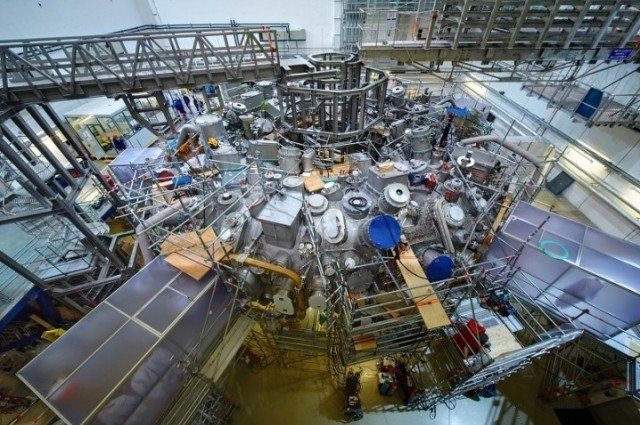German Stellarator Fusion Reactor Testing Deemed a Success
Gareth Andrews / 9 years ago

It’s no secret that this is the nuclear age, that is the age where nuclear technology will go its greatest to shaping the world. From its use as a weapon during world war 2 to our future hopes of using it as a power source, the atom is changing the way the world works. Using its Stellarator nuclear fusion machine, Germany has taken the first steps in this change with the creation of hydrogen plasma.
With Germany having one of very few nuclear fusion machines, it was only a matter of time before they changed how close we were to sustainable fusion. Nuclear fusion is the same process that powers the sun, potentially creating a clean source of energy, not to mention nearly limitless.
Back in December, the team at the Max Planck Institute in Germany managed to suspend helium plasma, the new step forward was in using the hydrogen atom, something the team has now managed to do using their experimental reactor, the Wendelstein 7-X (W7X) stellarator. The difficulty alone makes this act an accomplishment, but with hydrogen fusion releasing far more energy than helium fusion, we’re yet another step closer to the ultimate goal of a sustainable reaction, but still have a very long way to go.
John Jelonnek is a physicist at the Karlsruhe Institute of Technology, and also one of the people responsible for installing the technology that heats the reactor. In speaking to the Guardian Jelonnek stated, “We’re not doing this for us but for our children and grandchildren”.



















